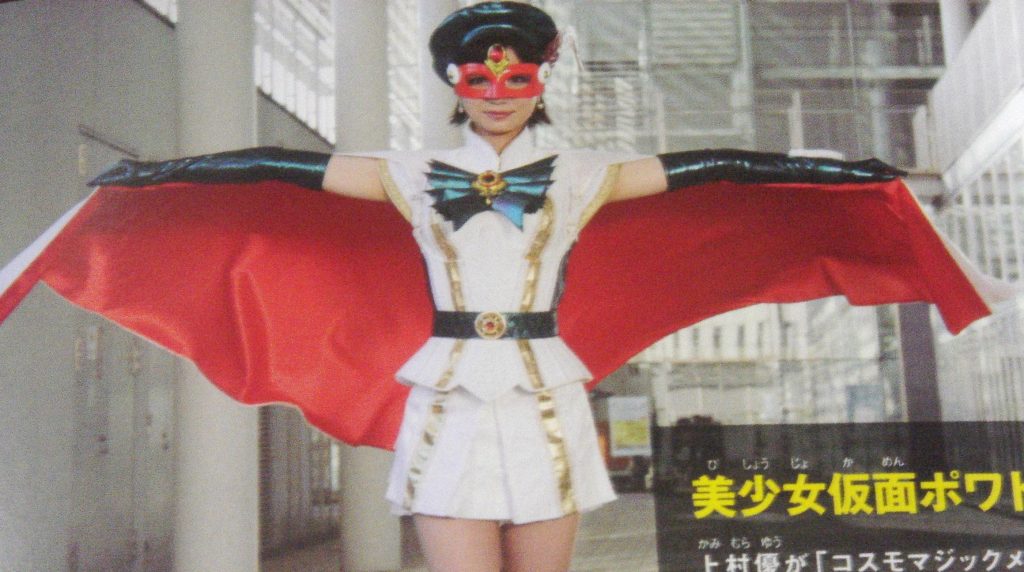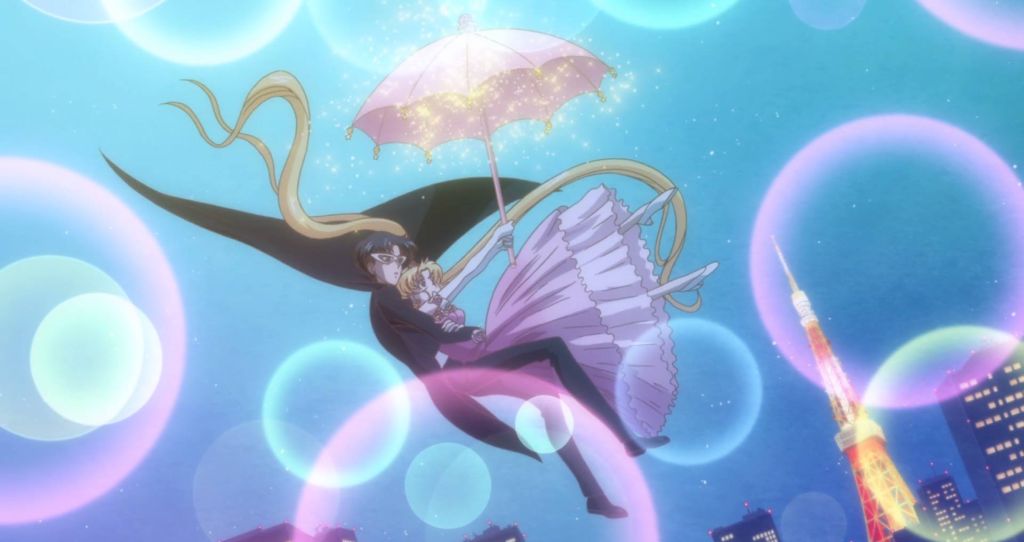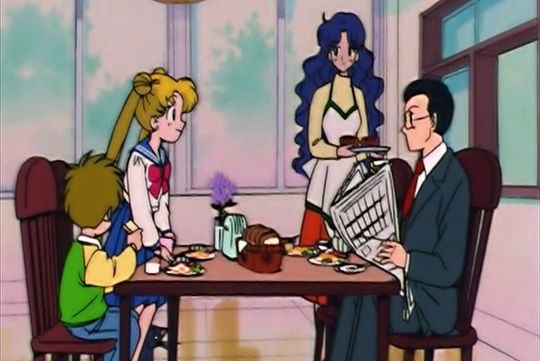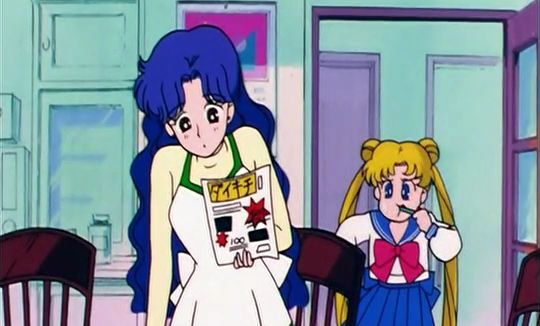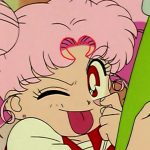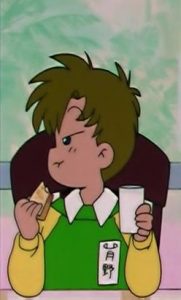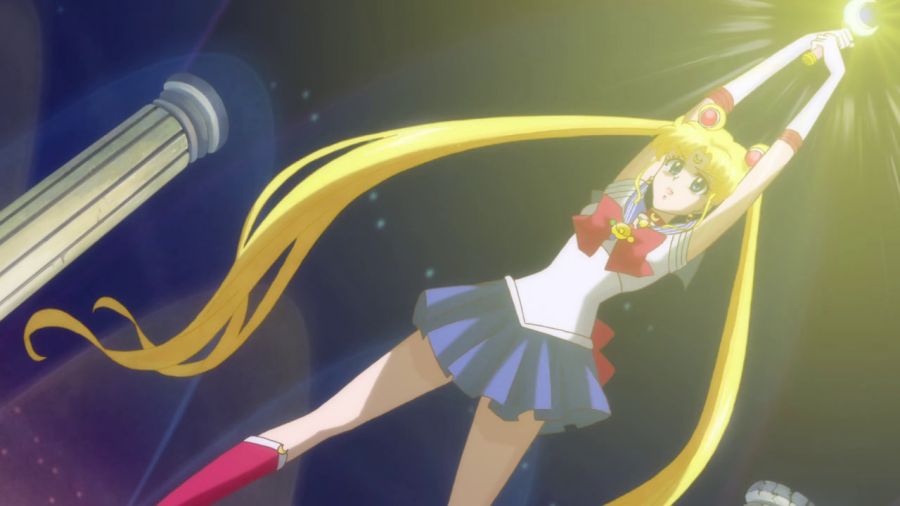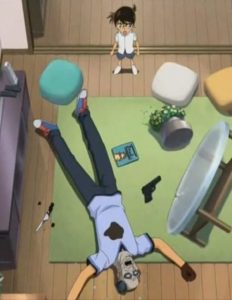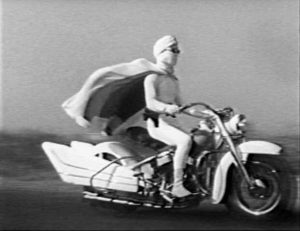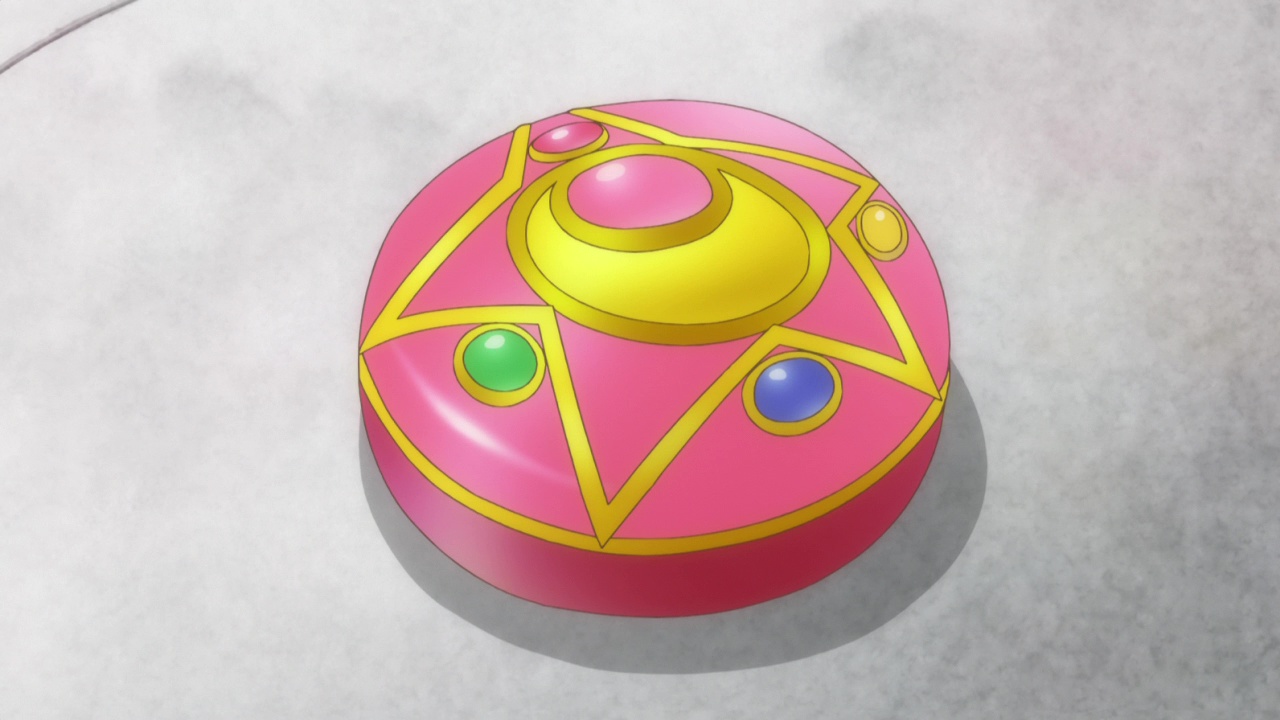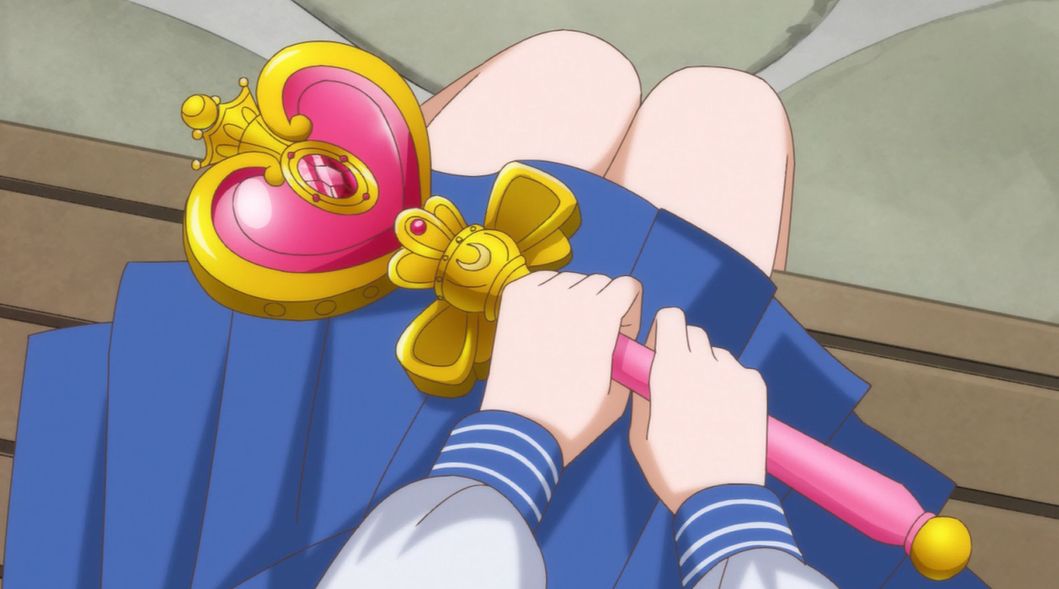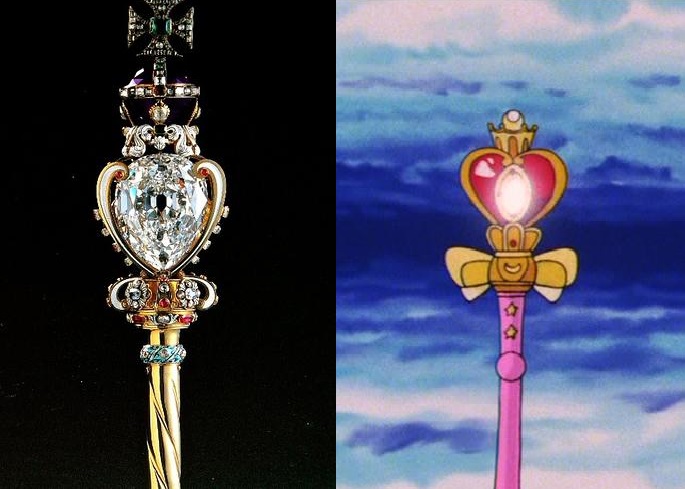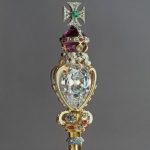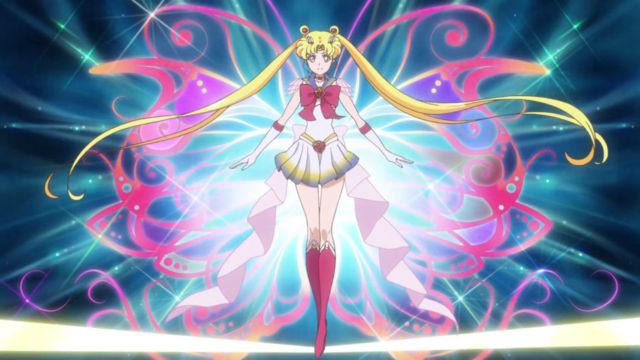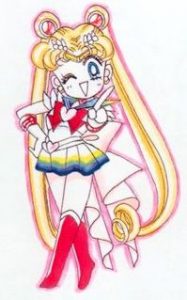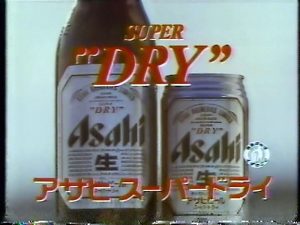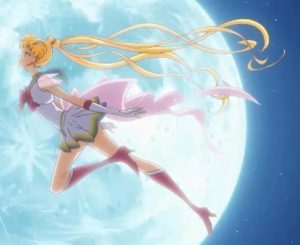Over this past year of exploring all of the hidden histories and minor intricacies in the world of Sailor Moon, one point that we’ve continuously come back to is that nothing is ever quite as simple as it seems. Much like an onion, there are layers and layers of neat bits of trivia. So in honor of the one-year anniversary of this blog, I’d like to go back way to the beginning: what was the inspiration behind the magical girl known as Sailor Moon?
Tag Archives: Sailor Moon
Was Sailor Moon Originally Meant to Be Able to Fly?
A frequent topic of conversation for this blog is is just how much the story and characters of Sailor Moon had changed from Ms. Takeuchi’s original plan for the series. Many of the changes, such as Ami originally being a cyborg, were done early in the planning process and before the characters actually came to light while others, like Makoto’s rougher side, slowly were adjusted as the series progressed. What we’re looking at today – Sailor Moon’s ability to fly – is one of those odd situations where it was removed from the series only to be put back in later, for Eternal Sailor Moon. So how was Usagi originally meant to fly?
Does Usagi’s Family Also Have a Moon Connection?
The Tsukino family play an interesting part in the Sailor Moon universe since they both have a strong connection to Usagi – the central character in the story – while at the same time supposedly representing what is mundane and normal in the world. Since it’s pretty well known that Ms. Takeuchi was a fan of adding in little touches here and there as in-jokes/references about her characters, often through clever puns in their names, it’s probably worth taking a deeper look at what connections, if any, Usagi’s family has.
First and foremost, it’s worth noting that the Usagi’s family members’ names don’t have any special meanings behind them, since we know that the makeup of her family and the names themselves are based off of Naoko’s real family.1 Though the kanji is likely different, it seems that Kenji, Ikuko, and Shingo are all based on the Takeuchi family.
However, not all is lost for subtle references to rabbits and the moon, at least when it comes to the anime!
Though far more pronounced in the anime than in the manga, if you look closely you can see that both Ikuko and Usagi share a common trait in their hairstyle – particularly, that they have a heart-shaped part in the middle of their bangs. This styling of course can also be seen in Queen Serenity, ChibiUsa, and Chibi Chibi as well. So what’s the point?
Well, it’s not actually a heart-shaped parting in her bangs, but actually two crescent moons facing each other, which gives the appearance of a heart.
While the effect may be subtle, it’s much easier to see when highlighted, as shown here. Ikuko’s hair style varies a bit from episode to episode and is a little less pronounced in the Sailor Moon Crystal anime, but if you look closely, you can definitely see that the two-moon hair style is the same across all of the versions.
Even if Queen Serenity is considered Sailor Moon’s true mother and Ikuko is her mother only through reincarnation, it’s nice to know that Ikuko still has her place in connecting to Usagi!
Moving onto Kenji, well, I’m afraid that unfortunately he doesn’t really seem to play a big part in the series (which isn’t uncommon for fathers in anime/manga, I suppose), so other than the connection to Ms. Takeuchi’s own family, there’s not much to go off of here.
The good news, though, is that Shingo isn’t without his own interesting reference!
Though not directly tied to the moon at first glance, if you take a look at his name tag (which he’s required to wear going to, from, and in school in lieu of a uniform), you’ll notice two little round bits on top of his last name, 月野 (tsukino). This is consistent throughout the first season of the anime, at least, and always appears on his name tag. So what is it?
Much like the odango hairstyle that Usagi uses, these two little circles on top of the moon kanji character are meant to be reminiscent of bunny ears, which ties back into the traditional Asian legend of there being a rabbit on the moon (and the inspiration for Usagi’s name in the first place).2 Now, why Shingo would want to draw rabbit ears, in honor of his sister, on his name tag in the first place is beyond me, but I guess we can assume he has a soft spot in his heart for his sister anyway.
It’s really unfortunate that Usagi’s family really took a back seat as the series progressed in order to make room for more characters, but I suppose it was necessary when you consider that new characters were being added and also needed time in the lime light.
All the same, though, it’s nice to know that the anime producers took the time to at least put in these extra little details for the fans to catch! Yet another little bit of trivia that makes Sailor Moon fun to watch over and over again.
Why Does Sailor Moon Heal Everyone?
An alternative title for this question is probably: “Why Doesn’t Sailor Moon Kill More People?” But that seemed a little dark, so I decided for some nicer phrasing. It’s not like we actually want Usagi to kill, right?
One thing that makes this question interesting is that, if Sailor Moon had been a cartoon originally made in the United States back in the early 90’s, I wouldn’t give this a second thought and it wouldn’t even occur to me that it’s odd that the vast majority of the monsters of the day (and even the major villains!) end up being ‘healed’ or otherwise brought over to the side of good. Even when the villains do wind up being killed in the anime, they usually die at their own hands, by being backstabbed by a colleague, or for some reason unrelated to the Sailor Team. But this is Japan, where the concept of showing bad (or even good!) people die in children’s media isn’t considered to be so wrong.
Take Detective Conan for example. Its target audience is mainly young children, and yet since the anime began its run in 1996, a total of 334 people have died as of episode 631.1 Since the story is meant to take place over just one year (without any of the fancy time-resets Sailor Moon is granted), that works out to 0.9 deaths per day!
Even in the live-action Super Sentai series,2 which Sailor Moon‘s concept is based on, at the very least the daily monsters were generally killed without a second thought.
The first, and most obvious answer, is the argument related to sexism (though not necessarily in a bad way): the Sailor Soldiers are girls, and thus are seen to be pure and shouldn’t be killing people. What makes this a particularly difficult to refute argument is that the Sailor Moon series essentially created the fighting superheroine genre3 in Japan, so we don’t have a lot of examples to go off of. But I personally don’t think that’s 100% of the story.
I wonder if, perhaps, this might be partially related to the major thematic element of the series – the moon. In fact, Japan’s first tv superhero, Moonlight Mask,4 also fought as a “soldier from the moon.” His name (月光仮面; gekkou kamen) actually comes from the Japanese name of the Buddhist bodhisattva Candraprabha,5 whose name is written in Japanese as 月光菩薩 (gakkou bosatsu; Moonlight Bodhisattva).
So how does this connect to the Sailor Soldiers always choosing to show mercy over killing? Well, Moonlight Mask’s motto (as a throwback to his Buddhist inspiration) might be the key:
憎まず、殺さず、許しましょう
“Do not hate, do not kill – let us forgive.”
Moonlight Mask was also known for not killing his enemies, possibly in reference to the Buddhist origins behind his name, but I also believe it’s related to the perception of the moon as a source of unsullied purity; a light in the darkness. This connection also is carried through into the Sailor Moon series, from the purity of the characters themselves and even back to the peace of the Silver Millennium, which was only put to an end due to the greed of humanity. But what about you? Do you think it’s simply a matter of tv viewers not wanting to see women kill, or is there possibly some other, deeper explanation that I missed?
As an interesting aside, between his turban, name, and all white outfit, he’s pretty clearly the inspiration behind Moonlight Knight, and also the second time Mamoru is based on an old Japanese superhero.
What Do the Colors on Sailor Moon’s Brooch Mean?
I’d like to thank a reader for sending this in because, I have to admit, that it the colors used in Sailor Moon’s brooch were just so natural that I never bothered to question it. But when you stop and take a look, you can’t help but wonder if there’s any method to the madness, any sort of order behind how Ms. Takeuchi arranged the colors as why. More specifically, the question posed is as follows:
What is the Inspiration for the Spiral Heart Moon Rod?
Throughout her time as a sailor-suited soldier of love and justice, dedicating her days to boring school work and evenings to punishing evil in the name of the moon, Sailor Moon has gone through quite a few different magical items and all manners of attacks. While I’m personally a fan of the traditional Moon Stick, which I think we can all agree has a pretty lackluster name, the inspiration behind the Spiral Heart Moon Rod is fascinating in its own right.
What makes the Spiral Heart Moon Rod so interesting is that its design, like the designs of other important items in the Sailor Moon canon, appears to be based on a real rod – a scepter1 – in the possession of the British Royal Family. Specifically, I’m referring to the Sovereign’s Scepter with Cross,2 part of the coronation regalia of the British monarchy.
In addition to the remarkable similarities in their general appearance, which is pretty convincing in its own, it’s also noteworthy that the Sovereign’s Scepter contains within it Cullinan I,3 the clearest cut diamond in the world – not too dissimilar from the legendary Silver Crystal itself! The curving lines reminiscent of a heart, the crown design on top, and the crystal embedded within all make this a pretty convincing basis for the design.
Taking into consideration that the talismans were also based on Western designs, it seems pretty fitting to me that Ms. Takeuchi would choose such a famous item from the crown jewels to use as the basis for her design. It also ties in nicely with her role as heir to the Silver Millennium and the future Neo-Queen of Crystal Tokyo.
Since we know that Ms. Takeuchi incredibly well-informed and clearly did a lot of research into various crystals, I think it would definitely be worthwhile to take a closer look at some of the broaches throughout the seasons, or maybe some of the other various sticks, wands, and scepters wielded by Sailor Moon. Just seeing something real that looks so similar really gives you a sense for just how impressive her attacks must have looked to the enemies she faces.
But what about you? What was your favorite of her weapons, and why? I’ve always loved the simplicity of the Moon Stick and how it even evolved once the Silver Crystal was added to it, but that’s just me. I’d love to hear other people’s opinions!
What’s So Super About Super Sailor Moon?
Depending on how you take it, this question could either be existential, painfully obvious, a bizarre linguistics mystery, or an interesting mix of all three. Just to be clear, we’re not actually discussing the relative power of Sailor Moon’s attacks or why the series is called Sailor Moon in the first place, but rather what was the reason for having her powered up form being called “Super Sailor Moon.” Couldn’t she just power up without needing a new name?
Well, as with a lot of things in Japanese media, answering this question requires us to take a look back at the social and historical context that the Sailor Moon series was created in. As original and unique as the series is, and as much work as Ms. Takeuchi put in to make such a rich and diverse world for her characters to live within, the series was still greatly impacted by the pop culture of the country it was founded in.
You see, throughout the mid- to late-1980s and into the 1990s, Japan had something of a love affair with the word “super,” not much unlike how “x-treme” (and various variations thereon) became synonymous with sports, soft drinks, and pretty much any product or TV show marketed to anyone under the age of 30 in the US from the late 1990s and early 2000s.1 Japan’s (…bubble) economy was going strong,2 and the word “super” seems to have been picked up by marketers to show how their product was new and improved.
The most obvious example that you’re probably all aware of is the upgrade from the Famicom/Nintendo to the Super Famicom/Super Nintendo, but this goes back much earlier. Following the Nintendo connection, the sequel/upgrade to the smash hit “Mario Bros.” was “Super Mario Bros.”3 But as we’re about to see, characters being “leveled up” so-to-speak isn’t the only way that the word super had infected Japanese culture.
In 1987 the Asahi Beer company, wanting to expand their business from a paltry 10% of the Japanese beer market, launched the Asahi Super Dry product line. This sparked off what is known as the “Dry Wars” among Japanese beer producers,4 who were all trying to capture the budding dry beer5 market.
Other noteworthy examples include the Super Saiyan form6 in Dragon Ball Z in 1991, the Super-VHS video standard7 introduced in 1987, and the proposed upgrade to the floppy disk – the so-called SuperDisk8 – in 1997. Taking a look at anime titles alone, you can see the trend pretty clearly:9
So what does this all mean, then? Essentially what this means is that during this particular time in Japan, the word “super” was a popular marketing buzz word used to convey to the audience that this was a new, upgrade, improved version of a previous product. That’s not to say that the concept didn’t exist in the west – Superman predates this marketing buzz in Japan by nearly half a century. But what’s interesting about all this is that, taken as a whole, what Ms. Takeuchi was trying to emphasizing by powering Usagi (and, later, the rest of the Sailor Soldiers) up into her Super form.
Taking into consideration how deeply this was all affected by the words, language, and other series and products out at the time, it makes me wonder what the upgraded form of Sailor Moon would’ve been called if the series came out today? Mega like in Pokémon?10 Though I’m a fan of the Super and Eternal forms, I’d love to know how things would’ve changed if the series had been made today!
